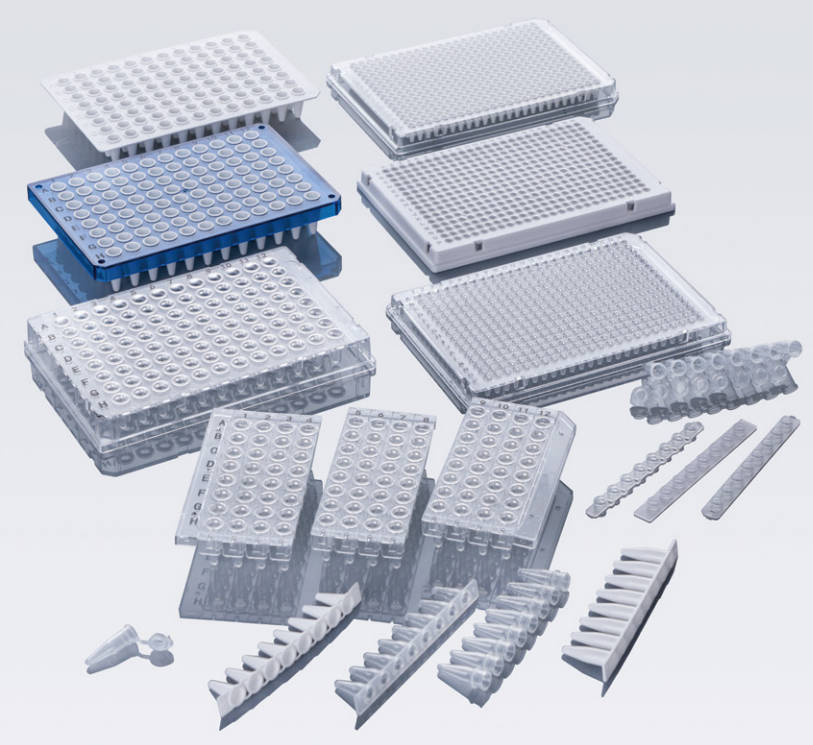In the realm of scientific research, particularly in fields such as biochemistry, cell biology, and pharmacology, the choice of laboratory equipment can significantly impact the efficiency and accuracy of experiments. One such crucial decision is the selection between 96-well and 384-well plates. Both plate types have their own sets of advantages and potential drawbacks. The key to optimizing lab efficiency lies in understanding these differences and selecting the one that best suits the specific needs of the experiment.
1. Volume and Throughput
One of the primary distinctions between 96-well and 384-well plates is the number of wells, which directly impacts the volume of reagents that can be used and the throughput of experiments. A 96-well plate, with larger wells, typically holds more volume, making it suitable for assays that require more reagents or samples, and for experiments where evaporation might be a concern. Conversely, 384-well plates, with their higher density of wells, allow for a greater number of simultaneous assays, thus increasing throughput significantly. This is particularly advantageous in high-throughput screening (HTS) applications, where the ability to process large numbers of samples quickly is critical.
2. Cost Efficiency
Cost is another critical factor to consider. While 384-well plates often allow for more assays per plate, which can reduce the cost per assay, they may also require more precise and often expensive liquid handling equipment. Additionally, the smaller reagent volumes used in 384-well plates can lead to significant cost savings on reagents over time. However, labs must balance these savings with the initial investment in more advanced equipment.
3. Sensitivity and Data Quality
The sensitivity of assays performed in 96-well versus 384-well plates can also differ. Generally, the larger volume in 96-well plates can help reduce variability and enhance the reproducibility of results. This makes them suitable for experiments where precision is paramount. On the other hand, 384-well plates, with smaller volumes, can increase sensitivity in certain assays, such as fluorescence or luminescence-based assays, due to the higher concentration of signal.
4. Space Utilization
Laboratory space is often at a premium, and the choice of plate can impact how efficiently this space is utilized. 384-well plates enable more assays to be conducted in the same physical space compared to 96-well plates, effectively maximizing lab bench and incubator space. This can be particularly beneficial in labs with limited space or where high-throughput operations are essential.
5. Equipment Compatibility
Compatibility with existing lab equipment is another important consideration. Many laboratories already have equipment that is tailored to 96-well plates, from pipetting robots to plate readers. Transitioning to 384-well plates might require new equipment or modifications to existing systems, which can be costly and time-consuming. Therefore, labs must carefully evaluate whether the benefits of switching to 384-well plates outweigh these potential challenges.
Conclusion
Ultimately, the decision between using 96-well or 384-well plates hinges on the specific requirements of the laboratory and the nature of the experiments being conducted. For experiments needing larger volumes and where sensitivity and reproducibility are critical, 96-well plates may be the better choice. Conversely, for high-throughput applications and cost efficiency in terms of reagent use, 384-well plates can significantly enhance laboratory efficiency. Laboratories must weigh these factors carefully, considering their unique circumstances, to make the most informed and effective choice.
Suzhou ACE Biomedical Technology Co., Ltd.: A Wide Range of 96-Well and 384-Well Plates to Choose From. In the ever-evolving landscape of scientific research, the availability of high-quality laboratory supplies is crucial for conducting accurate and efficient experiments. Suzhou Aisi Biotechnology Co., Ltd. stands out as a leading provider of such essential tools, offering a comprehensive selection of 96-well and 384-well plates to cater to various research needs. Contact us to get more professional support and services
Post time: Aug-21-2024


